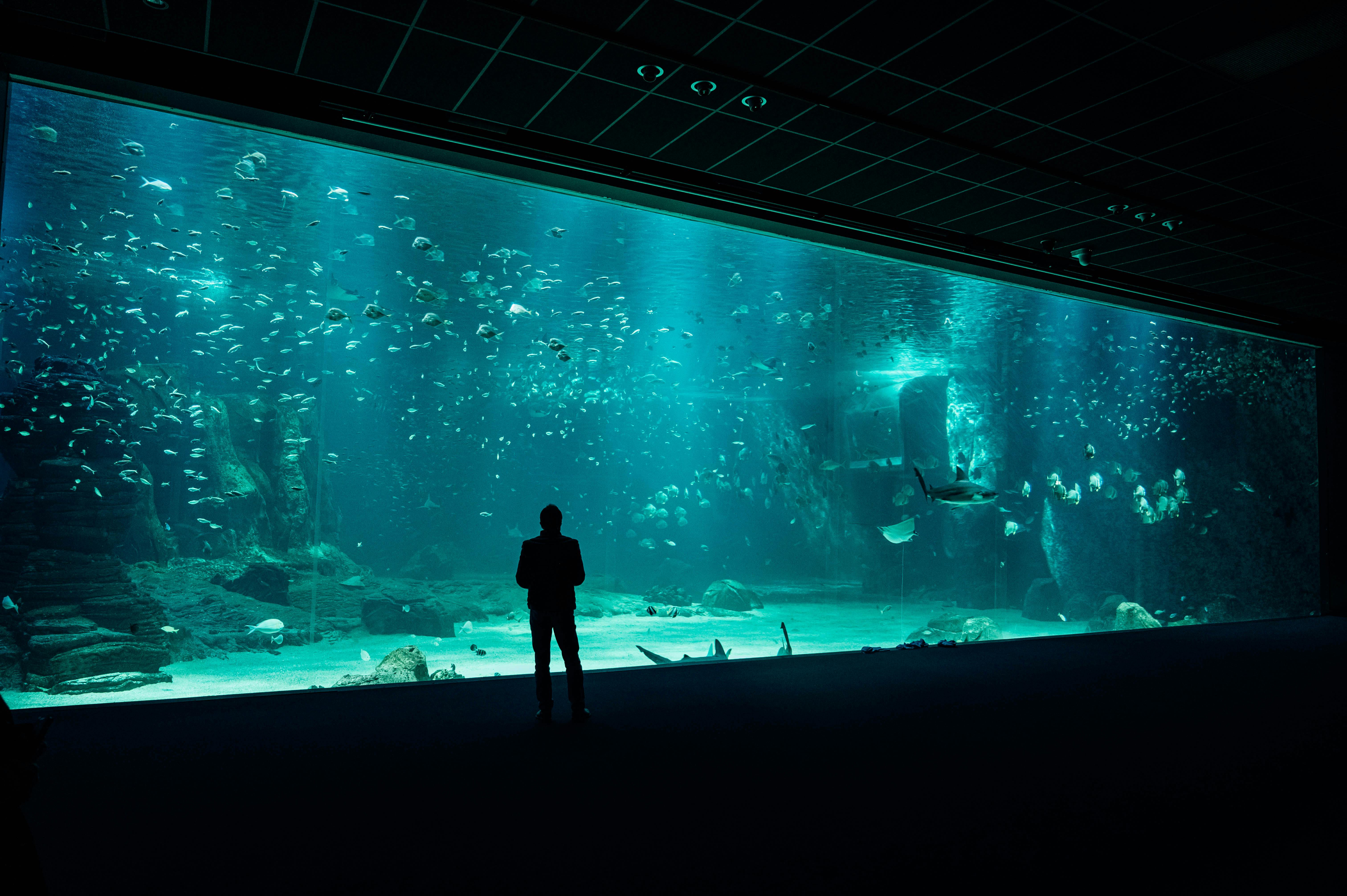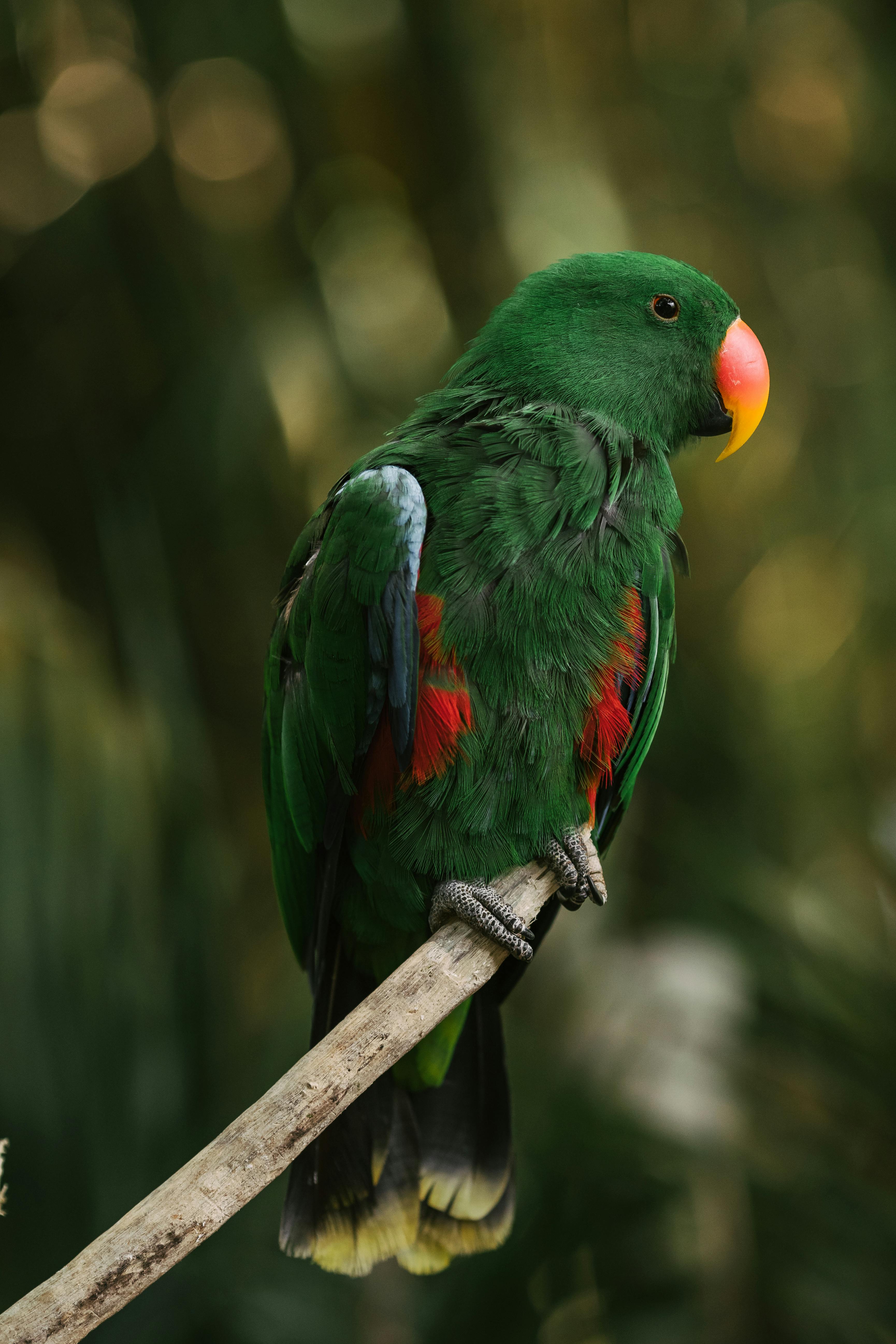Top 5 Effective Ways to Find Mudskippers in 2025
Mudskippers are fascinating amphibious fish that thrive in diverse coastal ecosystems. Their unique adaptations allow them to navigate both aquatic and terrestrial environments, primarily inhabiting mudflats, mangroves, and estuaries. Understanding where mudskippers live is crucial for enthusiasts, researchers, and conservationists alike. This article will explore effective methods for locating mudskippers in 2025, focusing on their habitats, behavior, and distribution worldwide.
As we delve into this topic, we will highlight the significance of mudskipper habitats and the conditions necessary for their survival. Additionally, we will guide you through practical ways to observe and study these remarkable creatures in their natural settings.
Key takeaways from this article include:
- Understanding mudskipper habitats and their geographical distribution.
- Identifying key environmental conditions that support mudskipper populations.
- Learning effective strategies to find and observe mudskippers.
Identifying Mudskipper Habitats in 2025
To effectively find mudskippers, one must first understand their natural habitats. Mudskippers predominantly inhabit coastal areas, especially in brackish water environments such as estuaries and mangrove forests. These habitats provide the ideal conditions for species like the blue and purple mudskippers, which thrive in intertidal zones.
Factors such as salinity, sediment type, and tidal influences play significant roles in determining mudskipper ranges and their distribution. For instance, mudskippers prefer muddy substrates for burrowing, which not only provides shelter but also eases their locomotion between water and land.
To locate mudskippers, focus on these ecological environments:
- Estuaries: Essential for mudskippers, estuaries offer brackish water and abundant food resources.
- Mangroves: These coastal shrubs provide necessary shelter and breeding environments.
- Sandy Areas: While typically less frequented, sandy shores can also support certain mudskipper activities, particularly during low tide.
Exploring Coastal Ecosystems
Coastal ecosystems are diverse and dynamic, offering numerous habitats for mudskippers. To effectively engage with these environments, familiarize yourself with local geography, including tidal patterns and seasonal changes. Understanding the ecology of regions where mudskippers occur will significantly enhance your chances of spotting them.
Monitoring Environmental Conditions
Environmental conditions such as temperature, salinity, and sediment composition are critical for mudskipper survival. These factors directly influence their behavior and reproductive practices. For example, mudskippers may be more active during certain tidal cycles, which is essential knowledge for effective observation.
Best Times for Mudskipper Observation
Timing is an essential aspect of locating mudskippers. Early morning or late afternoon, particularly during low tide, are the most promising times for sightings. During these periods, mudskippers are often seen foraging or socializing as they emerge from their burrows.
Adaptive Behaviors of Mudskippers
Understanding mudskipper behavior is crucial for finding them. These amphibious fish exhibit several unique adaptations that enable their survival in both water and on land. Their ability to breathe air through their skin and mouth allows them to thrive in intertidal zones, making them less reliant on aquatic environments.
Key behaviors to observe include:
- Movement Patterns: Mudskippers are known for their distinctive movements on land, utilizing their pectoral fins to ‘walk’ on soft substrates.
- Feeding Strategies: They are opportunistic feeders, often seen foraging for small invertebrates and organic matter during low tide.
- Social Interactions: Mudskippers engage in complex social behaviors, including displays of aggression and courtship rituals during the breeding season.
Using Technology for Observation
In 2025, advancements in technology offer new ways to locate and monitor mudskipper populations. Using drones or underwater cameras can provide visual insights into mudskipper habitats without disturbing their natural behaviors. Capturing footage of their movements can also aid in research and conservation efforts.
Engaging with Local Conservation Efforts
Connecting with local conservation groups focusing on mudskipper habitats can enhance your understanding of these creatures. Participating in habitat restoration projects or educational workshops can offer valuable field experiences and improve your chances of spotting these elusive fish.
Understanding Mudskipper Diet and Nutrition
The dietary habits of mudskippers also significantly influence where you can find them. Knowing their food preferences helps identify thriving areas. Mudskippers are primarily opportunistic feeders, consuming small invertebrates, algae, and detritus found in their habitats. This diverse diet necessitates access to rich, organic substrates present in estuaries and coastal wetlands.
Identifying Food Sources
When searching for mudskippers, look for signs of their primary food sources. The presence of mudskipper prey, such as small crustaceans and worms, can indicate a favorable feeding ground. Examining substrate composition can also provide clues about the abundance of mudskipper food sources in specific areas.
The Role of Tides in Feeding
Tidal movements play a crucial role in the feeding behavior of mudskippers. During low tide, mudskippers venture further onto shorelines, exposing them to prey. Knowledge of local tidal schedules can increase your chances of successful observations, as more mudskippers are active and visible during these periods.
 example.com/image2.png
example.com/image2.png
The Impact of Climate on Mudskipper Distribution
Climate change's influence on mudskipper habitats cannot be overlooked. As coastal environments shift due to rising sea levels and increasing salinity, the distribution of mudskipper populations may change accordingly. Understanding these impacts is vital for conservation efforts.
Monitoring Changes in Mudskipper Ecosystems
Keeping track of ecological shifts can help identify new mudskipper habitats that may emerge due to changing environmental conditions. Observers should be attentive to alterations in salinity and temperature as these factors greatly affect mudskipper survival and reproduction.
Adaptation Strategies of Mudskippers
Mudskippers demonstrate remarkable adaptive strategies to thrive in fluctuating conditions. Their ability to modify behavior based on environmental changes is key to their resilience. Observations of these adaptations can provide insights into how other species manage in shifting ecosystems.
Community Engagement in Mudskipper Research
As communities become more engaged with local ecosystems, citizen science initiatives focusing on mudskippers can help gather valuable data. Such involvement fosters a connection between residents and their environment while contributing to broader conservation objectives.
Participating in Local Monitoring Programs
Participating in local citizen science projects may provide opportunities to engage with mudskipper research. These programs often include monitoring mudskipper populations and their habitats, giving community members a hands-on approach to conservation.
Educational Resources and Outreach
Educating oneself and others about mudskippers and their ecological significance can promote awareness and inspire conservation efforts. Local workshops, educational materials, and community events can enhance understanding and appreciation of these unique fish.
 example.com/image3.png
example.com/image3.png
Conclusion
Successfully finding mudskippers in 2025 requires a combination of understanding their habitats, behaviors, diet, and adaptations to environmental changes. By focusing on optimal habitats and leveraging technology and community engagement, enthusiasts can effectively locate and appreciate these extraordinary fish. Whether you are a researcher, photographer, or a curious naturalist, enhancing your knowledge about mudskippers will foster a deeper connection with our coastal ecosystems.
```